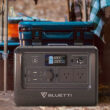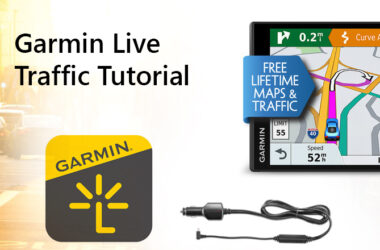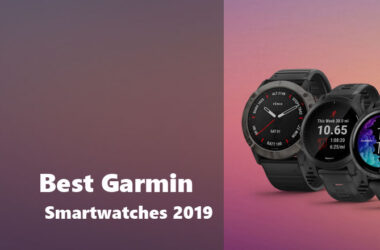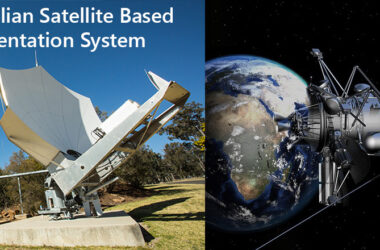PLBs (Personal Locator Beacon) and EPIRBs (Emergency Position-Indicating Radio Beacon) are emergency distress radio beacons, which allow you to alert Search and Rescue Authorities in the event of an emergency. The PLB and EPIRB devices should only be used when there is a threat of grave and imminent danger.
They communicate directly with the international satellite system for search and rescue (SAR), so will work anywhere in the world.
Did you know?
Since the beginning of this system in 1982, these beacons have assisted in the rescue of over 28,000 people in more than 7,000 distress situations.
 What is an EPIRB?
What is an EPIRB?
EPIRBs are the larger of the two emergency beacons and are designed to be used on marine craft. Any boat travelling further than 2 nautical miles offshore is required by law to carry an EPIRB.
- They can operate for a minimum of 48 hours, and float upright with the antenna clear of the water.
- If the vessel is in a crash, or after sinking the EPIRB can be automatically or manually activated.
- Should be stowed in their mounting bracket, in a visible and easy to access area, or in a grab bag along with flares and other safety equipment.
What is a PLB?
For personal use, PLBs are the main device used. These are much smaller and can be easily carried in a backpack or tethered to your clothing. Once activated, the PLB will transmit the distress signal for a minimum of 24 hours. PLBs do float, but the antenna needs to be supported above water for optimum operation.
PLBs are popular with bushwalkers and hikers, as you can’t always rely on mobile phone signal (or battery) to contact someone in an emergency. Having a PLB with you is great peace of mind for not only yourself but also your friends and family.
PLBs must be manually activated by a person and should be carried on the body or within easy reach. If in a vehicle, a glove box or other accessible area is the best place to keep it.
How Do They Work?
Once activated (1) (either automatically or manually), the device sends a transmission to a Cospas-Sarsat satellite (2).
These satellites communicate this signal with a ground control station (3), which then forwards the information to a national authority (4).
From there, information is sent to a local Search and Rescue Authority (5) where they begin their rescue plans.
This sounds like a complex and time-consuming system, but in reality, it takes less than one minute, so it is an efficient way of handling distress signals.
Why Do I Need To Register My PLB/EPIRB?
Emergency Beacons need to be registered with a national authority. In Australia, this is the Australian Maritime Safety Authority (AMSA). By registering, you provide AMSA with emergency contact details, vehicle details (if applicable) and you can even note trip itineraries, to help with locating you in the event of an accident. Registration is easy and can be done online, or over the phone. There is no charge for registering your device.
Even though you need to register the device in your home country, the device will still work worldwide. A device registered to AMSA will still send a distress signal to the region you are in, as well as sending a second notification to AMSA.
Please Note: Any PLB/EPIRB purchased outside of Australia will need to be recoded before it can be registered with AMSA.
What Happens If I Accidentally Activate The Beacon?
If you’ve accidentally triggered the activation, you’ll need to quickly switch off the beacon, and immediately notify Rescue Coordination Centre (RCC) on 1800 641 792.
What is the Battery Life?
Most PLBs and EPIRBs have a battery life of around 7 years. They are non-user replaceable and need to be replaced by an authorised technician. It is usually quite expensive, however, so is usually more economical to purchase a new unit altogether.
Are There Any Other Types of Emergency Devices Available?
There are other devices that are aimed more at GPS tracking, which can also send an emergency signal. The SPOT and Garmin devices require a subscription plan to use, but not only can you alert local Search & Rescue, you can also send emails and SMS to friends and family, as well as record a track to be viewed on Google Maps. They use either AA or AAA batteries, but can’t transmit an emergency signal for as long as a PLB. These devices aren’t as rugged as an emergency beacon but are a good option in some instances.










